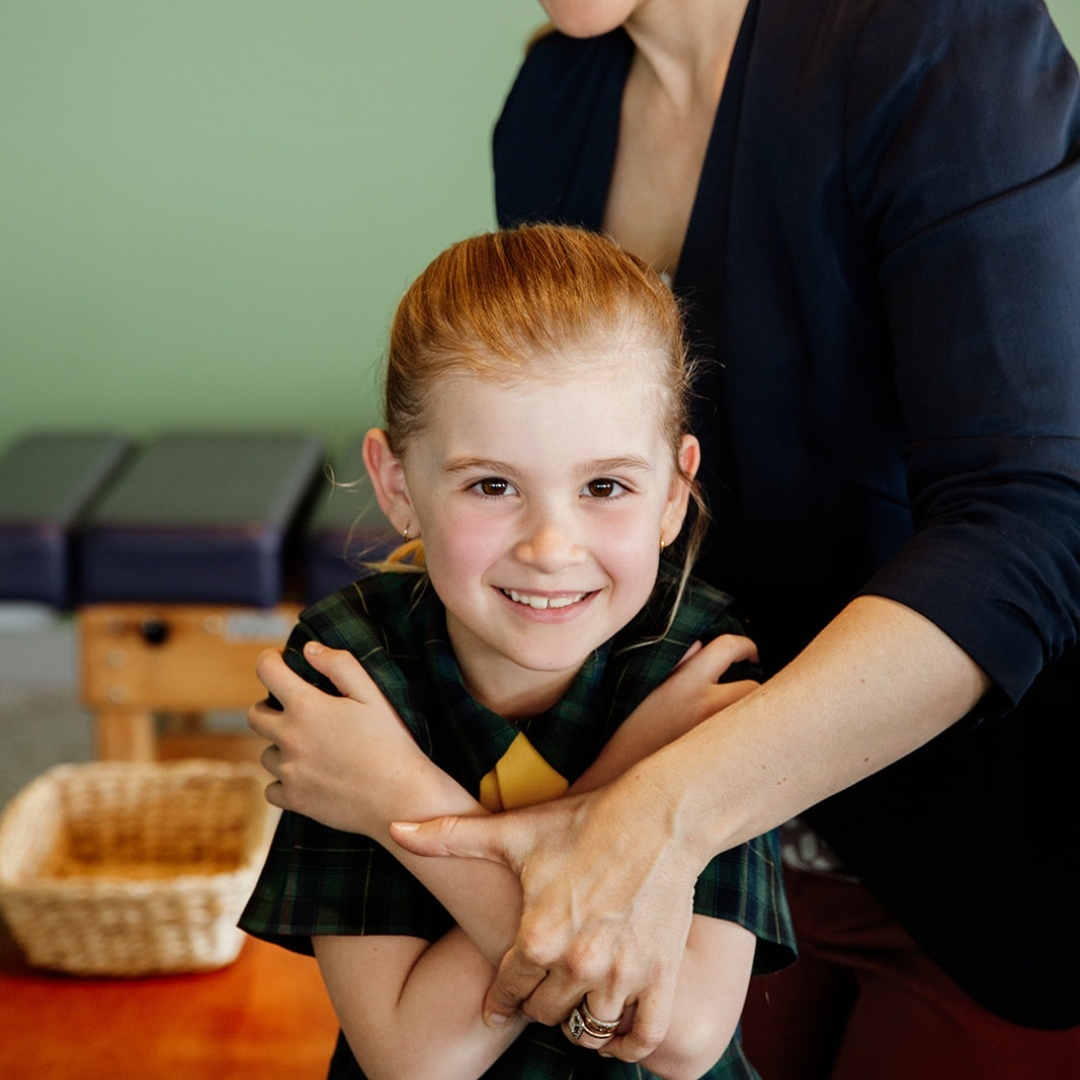As chiropractors with a special interest in paediatric care, we understand parents often have questions about the safety and effectiveness of chiropractic care for their children and that you want to do what’s best for your little ones. Here at ACCC, we aim to support you in feeling confident in the healthcare decisions you make for your children and help you feel informed every step of the way.
Safety First: A Core Chiropractic Value
The foundation of chiropractic care lies in the principle of "first, do no harm." This means that we as chiropractors are trained to use gentle, non-invasive techniques specifically modified for children's developing bodies. Unlike the adjustments you might see for adults, the techniques we use for children are much gentler and are tailored to their age, stage of development, and specific needs.
A Look at the Evidence
The 2019 independent review by Safer Care Victoria, a government agency, provides valuable insights. This inquiry looked at more than 20,000 responses from "members of the public who had accessed chiropractic spinal care for a child under 12 years" and over 2,700 Australian healthcare practitioners. The review found no evidence of serious adverse events associated with chiropractic care for children in Australia. Their findings from this inquiry are highlighted and further supported by Dr. Genevieve M. Keating in her dissertation, "Do Children in Australia Benefit from Chiropractic Care?"
While some studies report mild, short-term side effects like temporary soreness or fussiness, these are uncommon and resolve quickly. It's important to remember that chiropractic care is a drug-free, hands-on approach, minimising potential risks associated with medications.
The Power of Parental Satisfaction
Perhaps the most compelling evidence for safety comes from the overwhelming satisfaction of parents who have chosen chiropractic care for their children. The Safer Care Victoria review found that a staggering 99.7% of respondents reported a positive experience. An incredibly high percentage (98%) indicated their child's condition improved after chiropractic treatment, with 87.3% reporting significant improvement. These figures speak volumes about the potential benefits chiropractic care can offer young patients.
Addressing Concerns: Lack of Evidence Does Not Equal Evidence of Harm
It's important to acknowledge that research on chiropractic care for children is still evolving. While some studies haven't established definitive long-term benefits for all conditions, the lack of evidence for harm is a significant point. The Safer Care Victoria review, a comprehensive analysis, found no reported cases of serious adverse events associated with chiropractic care in children.
When looking at providing evidence-based care, any healthcare practitioner needs to take into account the best available research, their own clinical and practical experience, and patient needs and preferences. This means that high-level research (such as randomized controlled trials (RCTs), blinded studies, literature reviews and meta-analyses) is only one pillar of clinical decision-making. The Chiropractic Board in Australia (which is governed by the Australian Health Practitioner Regulation Agency) states that "Evidence-based practice means that chiropractors should make decisions about the care of the individual patient by integrating their individual clinical expertise with the best available clinical evidence."
It is important to note that an overwhelming number of practices of other health professions and their care options do not have a high-level of research, such as RCTs, to support them. They, too, utilise more suitable research styles for children (as often RCTs cannot be performed), such as case studies, case series, and studies that look at larger numbers of infants and children over time.
Making an Informed Decision
If you're considering chiropractic care for your child, the first and most important step is to have an open conversation with a qualified paediatric chiropractor. Look for a chiropractor registered with the Australian Health Practitioner Regulation Agency (AHPRA) who has experience caring for children.
During your initial consultation, discuss your child's health concerns and ask questions about the chiropractor's approach to paediatric care. They can assess your child's individual needs, explain the gentle techniques they would use, demonstrate them, and answer any questions you may have.
Remember, you are your child's advocate. Don't hesitate to seek clarification or a second opinion if needed.
By working together with a healthcare professional you trust, you can make an informed decision about the best course of action for your child's health and well-being.
Still Have Questions?
Are you still wondering if chiropractic care might be right for your child? We are here to address any questions or concerns you may have and we would love to hear from you! Please reach out and book a free call with one of our amazing chiropractors to chat about your child and how we can play a role in supporting their health and function.
Here are some helpful resources:
- Australian Spinal Research Foundation: https://spinalresearch.com.au/
- Australian Chiropractic Association: https://www.chiro.org.au/



Comments